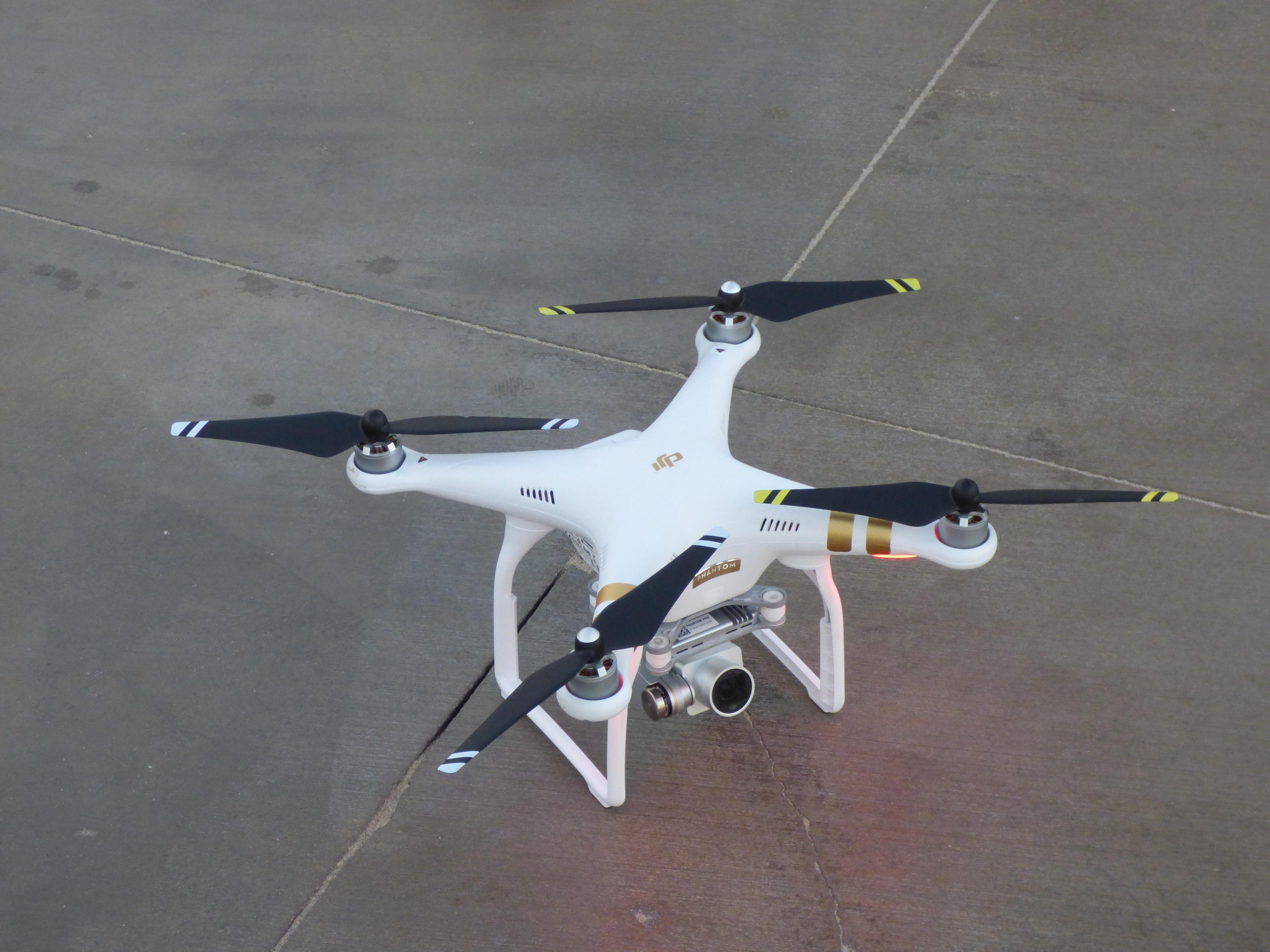We here at Hannah Sheridan & Cochran are excited to announce that the first episode…
USING DRONES IN CONSTRUCTION
Drones are being used increasingly by construction firms, mapping firms, and public agencies as a growing number of people are using camera-mounted unmanned aerial vehicles (UAVs) to obtain real-time data on job progress, identify potential hazards or workmanship issues, and help acquire other useful information quickly, cost-effective manner, especially on large, complex projects.
Before we go on, perhaps it’s best to clarify what a drone is. It means any flying craft of the “model aircraft” variety and nothing else. Model aircraft are commonly those under 55 pounds. The public and media have unfortunately contributed to some confusion as to the difference between military and civilian drones.
When using drones, you need to proceed with caution! While the commercial use of UAVs is not technically illegal in the U.S., the Federal Aviation Administration (FAA) has held that it has regulatory authority over their use and has been sending cease and desist letters to companies as well as individuals it suspects of violating its UAV policy. Trouble is, the law is still up in the air on this issue and FAA’s drone policy is unclear.
At some point, hopefully sooner than later, a clearer understanding of the law will emerge. In 2012 Congress passed the FAA Modernization and Reform Act, which required the FAA to fully integrate and clarify unmanned aircraft into the National Airspace System by September 2015. However, to date, the FAA has continued to kick the can down the road. With that said, it appears that the US government plans to require consumers to register their drone purchases with the Department of Transportation within the next few months. The department also plans to work with drone manufacturers to set a system for registering the devices.
Although deadlines were missed, we have a good idea of the substance of the proposed legislation, and it’s based on some common sense rules.
Proposed drone requirements:
Under the proposed rule:
- FAA airworthiness certification would not be required;
- the drone must be maintained in condition for safe operation and prior to each flight must be inspected to ensure it is in a condition for safe operation;
- aircraft registration is required in the same manner that applies to all other aircraft;
- aircraft markings are required in the same manner that applies to all other aircraft, but if aircraft is too small to display markings in standard size, then the aircraft simply needs to display markings in the largest practicable manner.
Proposed Operator Requirements:
Under the proposed rule, pilots of small drones would be called “operators,” and they must:
- be at least 17 years old;
- pass an initial aeronautical knowledge test at an FAA-approved knowledge testing center;
- be vetted by the Transportation Security Administration;
- obtain an “unmanned aircraft operator certificate” with a “small drone rating,” which never expires;
- pass a recurrent aeronautical knowledge test every 24 months;
- make available to the FAA, upon request, the drone for inspection or testing, and any associated documents/records required to be kept under the proposed rule;
- report an accident to the FAA within 10 days of any operation that results in injury or property damage.
Proposed Operational Requirements:
Under the proposed rule, drones:
- must weigh less than 55 lbs.;
- must remain within visual line of sight of the operator or visual observer;
- must remain close enough to the operator for the operator to be able to see the aircraft with vision unaided by any device other than corrective lenses;
- may not operate over any persons not directly involved in the operation;
- may only be operated from official sunrise to official sunset, (local time);
- must yield the right-of-way to other aircraft, whether manned or unmanned.
- may, but are not required to use a visual observer;
- may be flown using “first-person view,” but either the operator or the visual observer must maintain an unenhanced visual line of sight of the craft;
- may be flown at a maximum airspeed of 100 mph (87 knots);
- may be flown at a maximum altitude of 500 feet above ground level;
- may be flown in minimum weather visibility of 3 miles from the operator;
- may not be flown in Class A (18,000 feet & above) airspace;
- may be flown in Class B, C, D and E airspace with ATC permission;
- may be flown in Class G airspace are allowed without ATC permission;
- may not be flown carelessly or recklessly;
- require a preflight inspection before each flight, including specific aircraft and control station systems checks, to ensure the drone is safe for operation;
- may not be flown by a person if he or she knows or has reason to know of any physical or mental condition that would interfere with its safe operation;
- and no person may act as an operator or visual observer for more than one unmanned aircraft operation at one time.



